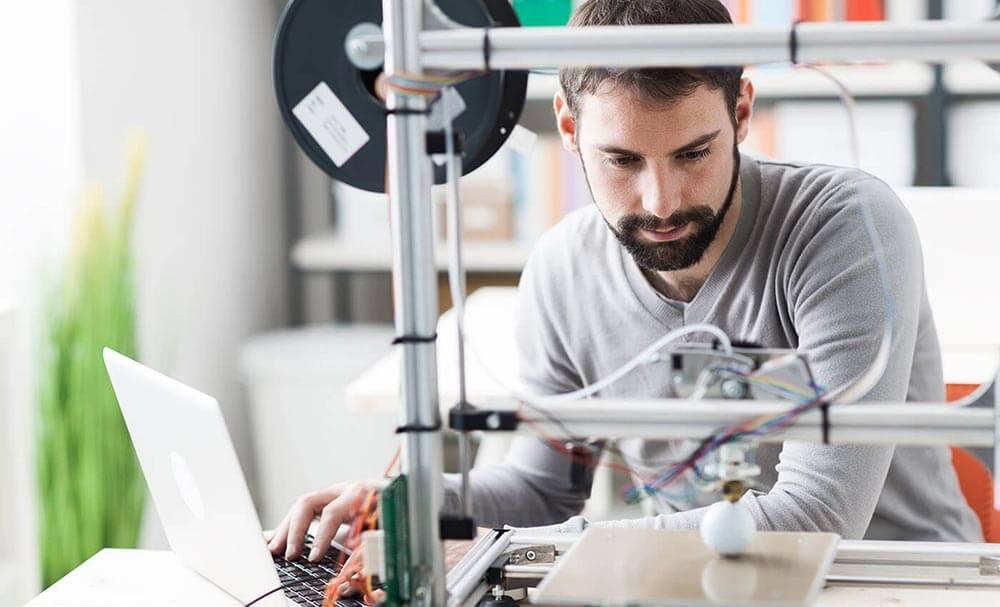Imagine you decide to impress your dinner guests by serving a flaming chocolate lava cake for dessert. But oops - you set your hand on fire too. Never mind! According to scientists at the
3D printing technology is being applied to everything from printing homes, hotels weaponry, toys, household appliance replacement parts, to customized chocolates. And the industry is on a tear with
Here’s what you need to know:
How does 3D printing work? What can I 3D print at home? How can I 3D print safely?
How does 3D printing work?
What’s typically called 3D printing, industry professionals call ‘
While the technology has been around for several decades, developments in artificial intelligence and the Internet of Things have
What can I 3D print at home?
There are things you can and can’t print at home, due to either practical or legal reasons. For example, building an actual home would require an enormous printer. Currently
On the other hand, Canadians who would like to print their own firearms would face a
Here’s what you can (legally) 3D print at home:
Replacement parts: When things fall apart, break or are lost, instead of replacing the entire product or searching for a supplier, 3D printing allows you to create affordable replacements at home, saving you time and money. A quick online search yields hundreds of designs for common parts. Simply download the design and start printing. Engineers and creative types can design their own prototypes!
Toys: Kids and pets often cycle through toys quickly. Once you identify some of their greatest hits, you can easily print customized versions to keep playtime fresh.
Home and office supplies: Controlling clutter is big business, with entire stores devoted to ingenious ways to store our stuff. But off-the-shelf solutions don’t always work. 3D printers allow you to create organizers such as stacking boxes, trays, holders and similar products based on your precise needs and décor tastes.
Bespoke gifts: Tired of giving the same-old gifts? Instead of wasting time and money trolling through malls and websites to buy mass manufactured goods, create customized gifts at home using a 3D printer. Products could include
How can I 3D print safely?
As
1. Program the printer to shut itself off if the nozzle exceeds a safe limit, or if the printing materials, such as resin, glass, metal, plastic or oil run out.
2. Enclose the printer in a ventilated, fire resistant area. Be aware that resins and other raw materials release gasses and potentially toxic matter.
3. Upgrade the power supply to ensure adequate wire size, and connectors sized for the amperage drawn.
4. Regularly vacuum fans and motors to prevent a build-up of dust, lint or small insects.
5. Keep the printing area free of papers or clutter that could heat up.
6. Consider using cloud-based cameras to monitor your printer when in use.
7. Install a Wifi, remote controlled fire alarm.
8. Keep a fire extinguisher nearby.
Rita Silvan, CIM™️, is personal finance and investment writer and editor. She is the former editor-in-chief of ELLE Canada magazine and is an award-winning journalist and tv media personality. Rita is the editor-in-chief of
Golden Girl Finance , an online magazine focusing on women’s financial success. When not writing about all things financial, Rita explores Toronto’s parks with her standard poodle.
